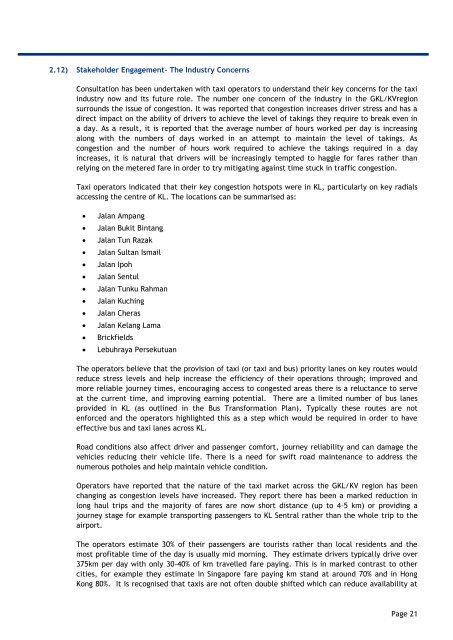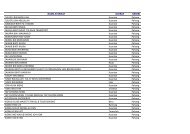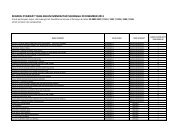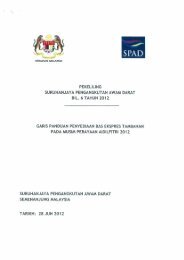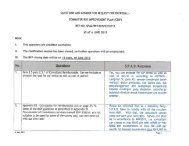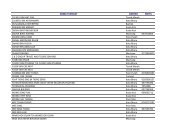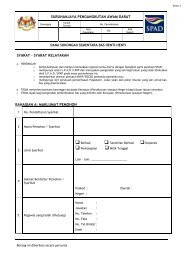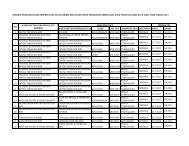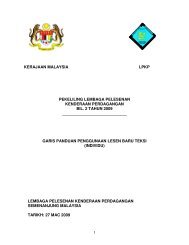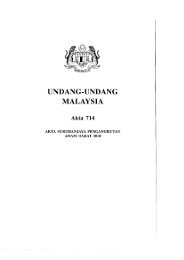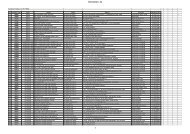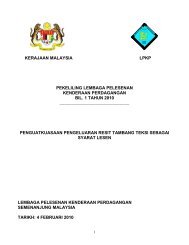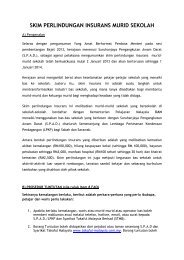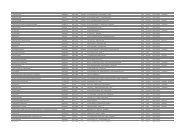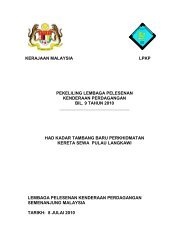4. Developing the Taxi Transformation Plan - SPAD
4. Developing the Taxi Transformation Plan - SPAD
4. Developing the Taxi Transformation Plan - SPAD
You also want an ePaper? Increase the reach of your titles
YUMPU automatically turns print PDFs into web optimized ePapers that Google loves.
2.12) Stakeholder Engagement- The Industry Concerns<br />
Consultation has been undertaken with taxi operators to understand <strong>the</strong>ir key concerns for <strong>the</strong> taxi<br />
industry now and its future role. The number one concern of <strong>the</strong> industry in <strong>the</strong> GKL/KVregion<br />
surrounds <strong>the</strong> issue of congestion. It was reported that congestion increases driver stress and has a<br />
direct impact on <strong>the</strong> ability of drivers to achieve <strong>the</strong> level of takings <strong>the</strong>y require to break even in<br />
a day. As a result, it is reported that <strong>the</strong> average number of hours worked per day is increasing<br />
along with <strong>the</strong> numbers of days worked in an attempt to maintain <strong>the</strong> level of takings. As<br />
congestion and <strong>the</strong> number of hours work required to achieve <strong>the</strong> takings required in a day<br />
increases, it is natural that drivers will be increasingly tempted to haggle for fares ra<strong>the</strong>r than<br />
relying on <strong>the</strong> metered fare in order to try mitigating against time stuck in traffic congestion.<br />
<strong>Taxi</strong> operators indicated that <strong>the</strong>ir key congestion hotspots were in KL, particularly on key radials<br />
accessing <strong>the</strong> centre of KL. The locations can be summarised as:<br />
<br />
<br />
<br />
<br />
<br />
<br />
<br />
<br />
<br />
<br />
<br />
<br />
Jalan Ampang<br />
Jalan Bukit Bintang<br />
Jalan Tun Razak<br />
Jalan Sultan Ismail<br />
Jalan Ipoh<br />
Jalan Sentul<br />
Jalan Tunku Rahman<br />
Jalan Kuching<br />
Jalan Cheras<br />
Jalan Kelang Lama<br />
Brickfields<br />
Lebuhraya Persekutuan<br />
The operators believe that <strong>the</strong> provision of taxi (or taxi and bus) priority lanes on key routes would<br />
reduce stress levels and help increase <strong>the</strong> efficiency of <strong>the</strong>ir operations through; improved and<br />
more reliable journey times, encouraging access to congested areas <strong>the</strong>re is a reluctance to serve<br />
at <strong>the</strong> current time, and improving earning potential. There are a limited number of bus lanes<br />
provided in KL (as outlined in <strong>the</strong> Bus <strong>Transformation</strong> <strong>Plan</strong>). Typically <strong>the</strong>se routes are not<br />
enforced and <strong>the</strong> operators highlighted this as a step which would be required in order to have<br />
effective bus and taxi lanes across KL.<br />
Road conditions also affect driver and passenger comfort, journey reliability and can damage <strong>the</strong><br />
vehicles reducing <strong>the</strong>ir vehicle life. There is a need for swift road maintenance to address <strong>the</strong><br />
numerous potholes and help maintain vehicle condition.<br />
Operators have reported that <strong>the</strong> nature of <strong>the</strong> taxi market across <strong>the</strong> GKL/KV region has been<br />
changing as congestion levels have increased. They report <strong>the</strong>re has been a marked reduction in<br />
long haul trips and <strong>the</strong> majority of fares are now short distance (up to 4-5 km) or providing a<br />
journey stage for example transporting passengers to KL Sentral ra<strong>the</strong>r than <strong>the</strong> whole trip to <strong>the</strong><br />
airport.<br />
The operators estimate 30% of <strong>the</strong>ir passengers are tourists ra<strong>the</strong>r than local residents and <strong>the</strong><br />
most profitable time of <strong>the</strong> day is usually mid morning. They estimate drivers typically drive over<br />
375km per day with only 30-40% of km travelled fare paying. This is in marked contrast to o<strong>the</strong>r<br />
cities, for example <strong>the</strong>y estimate in Singapore fare paying km stand at around 70% and in Hong<br />
Kong 80%. It is recognised that taxis are not often double shifted which can reduce availability at<br />
Page 21


